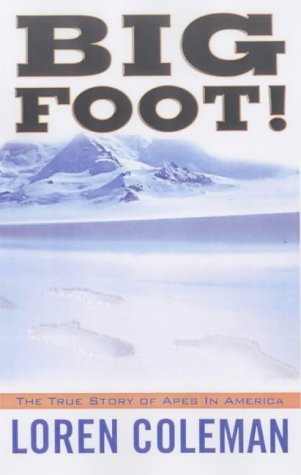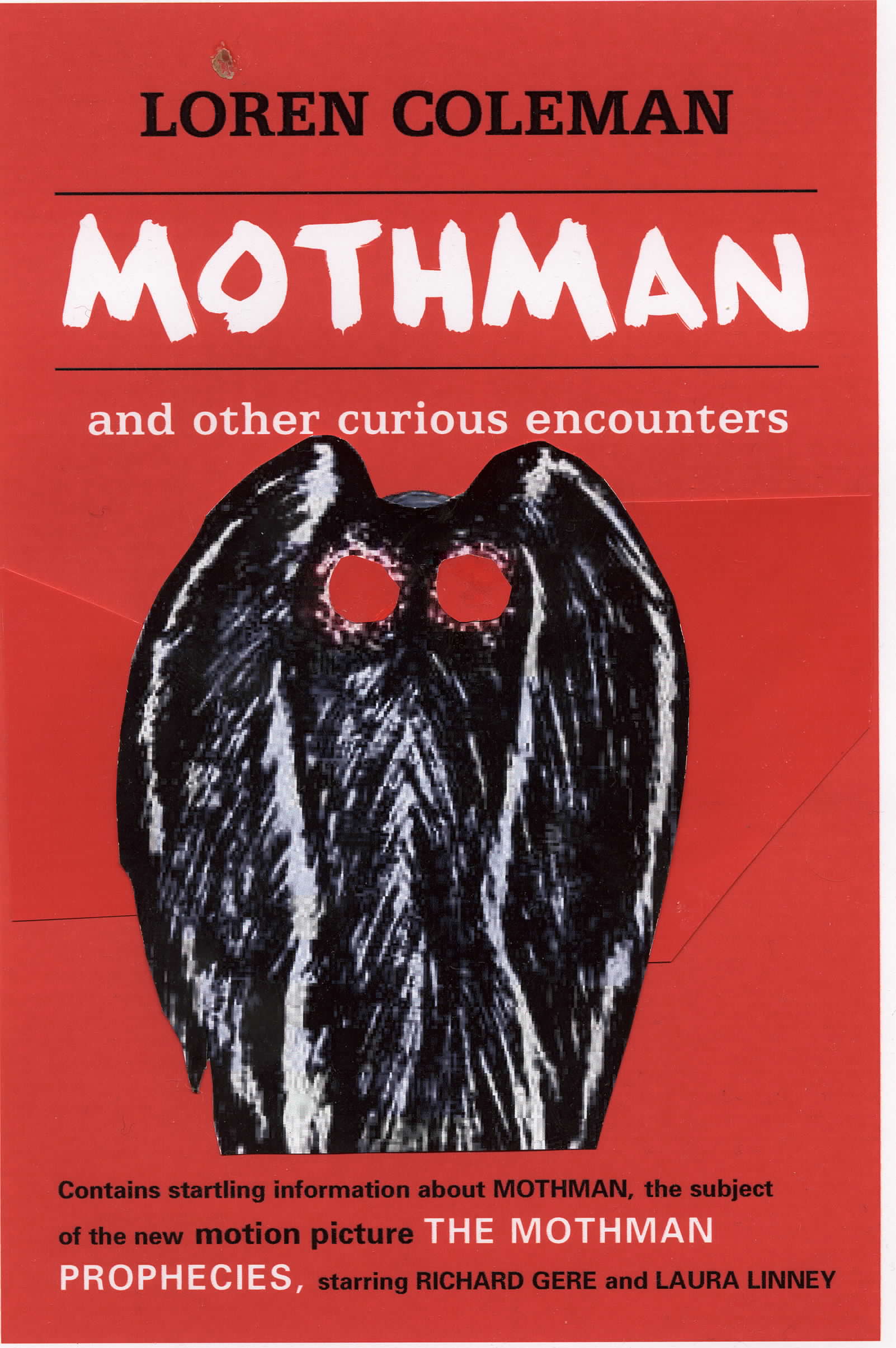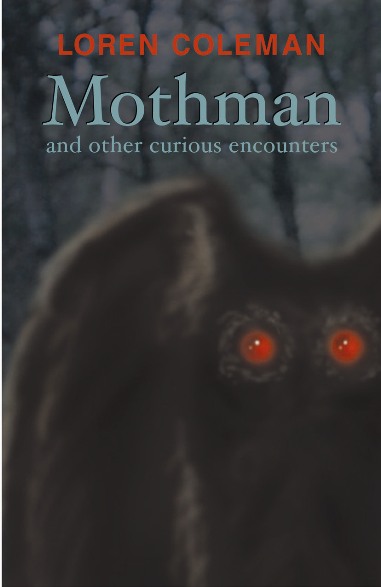
September 1, 2009
Ever wonder about the evolution of that art you are viewing on a book cover of the title you are reading right now?
Writing a book is not any easy task. But what happens after an author finishes his or her manuscript can be the second most difficult part of the journey.
Authors realize that the first view potential readers have of their books has a lot to do with how successful it might be. The cover is literally the face of the work seen by the world.
After all the edits and changes are made in the final proof, one of the biggest decisions is what kind of cover does your book get.
Most authors don’t get to have much say in what the cover looks like or sometimes even what art goes inside the book. The bigger the publisher, actually, the greater distance an author is often kept from this part of the process. That is a mistake I think, of course, because I biased. I think it backfires in how passionately an author feels about selling the book, believe it or not.
One of the things that does sometimes happen after you have a few books under your belt is that the publisher may begin to listen to you.
Today, I thought I’d pull back the curtain on this process a bit and share a couple book covers that I rejected and the reasons why.
First up…take a look at this:

This is the draft cover that was initially sent me, telling me this was going on my 2003 Bigfoot book.
Whoa, did it freak me out!
You probably can see some of the errors that jumped out at me.
“Big Foot” spelled as two words, on two lines, was high on the list of turnoffs.
Then the whole idea the designer would show apelike footprints in snow compounded the mistakes. Since the book was about Sasquatch and Bigfoot, mainly, why would you want to give the reader the idea it was about the Abominable Snowmen? Furthermore, Bigfoot tracks look like oversized human footprints (with five toes straight outward), so why have gorillas’ tracks in the snow!??
So, back to the drawing board. The S&S artists produced the following image, which was obviously inspired by the Patterson-Gimlin film. It worked fine, especially reduced, for the cover; see below.


The end result: Bigfoot! The True Story of Apes in America. New York: Simon and Schuster, 2003.
Next up, this example of the first very rough draft cover of the 2002 Mothman book:

You can come up with your own short list of reasons why the above had to be rejected, can’t you?
Needless to say, what was required was a quick alternative to what seemed like almost copyart thrown together on this cover.
I got ahold of my friend, cryptozoology artist Bill Rebsamen and asked him if he could create a quick drawing of Mothman based on what the first eyewitnesses had described. Working closely with Bill, he painted a Mothman that was very much on target.
I presented Bill’s art to the publisher, and while they did have their way with it (making a blowup of part of the image fill the cover), it does work well.


Finally, the final cover graced Mothman and Other Curious Encounters, Paraview Press, now Cosimo Books, 2002.
A happy, creative, beautiful book cover makes for an author who is a passionate proud promoter of his own work. 🙂

About Loren Coleman
Loren Coleman is one of the world’s leading cryptozoologists, some say “the” leading living cryptozoologist. Certainly, he is acknowledged as the current living American researcher and writer who has most popularized cryptozoology in the late 20th and early 21st centuries.
Starting his fieldwork and investigations in 1960, after traveling and trekking extensively in pursuit of cryptozoological mysteries, Coleman began writing to share his experiences in 1969. An honorary member of Ivan T. Sanderson’s Society for the Investigation of the Unexplained in the 1970s, Coleman has been bestowed with similar honorary memberships of the North Idaho College Cryptozoology Club in 1983, and in subsequent years, that of the British Columbia Scientific Cryptozoology Club, CryptoSafari International, and other international organizations. He was also a Life Member and Benefactor of the International Society of Cryptozoology (now-defunct).
Loren Coleman’s daily blog, as a member of the Cryptomundo Team, served as an ongoing avenue of communication for the ever-growing body of cryptozoo news from 2005 through 2013. He returned as an infrequent contributor beginning Halloween week of 2015.
Coleman is the founder in 2003, and current director of the International Cryptozoology Museum in Portland, Maine.
Filed under Bigfoot, Books, Cryptomundo Exclusive, CryptoZoo News